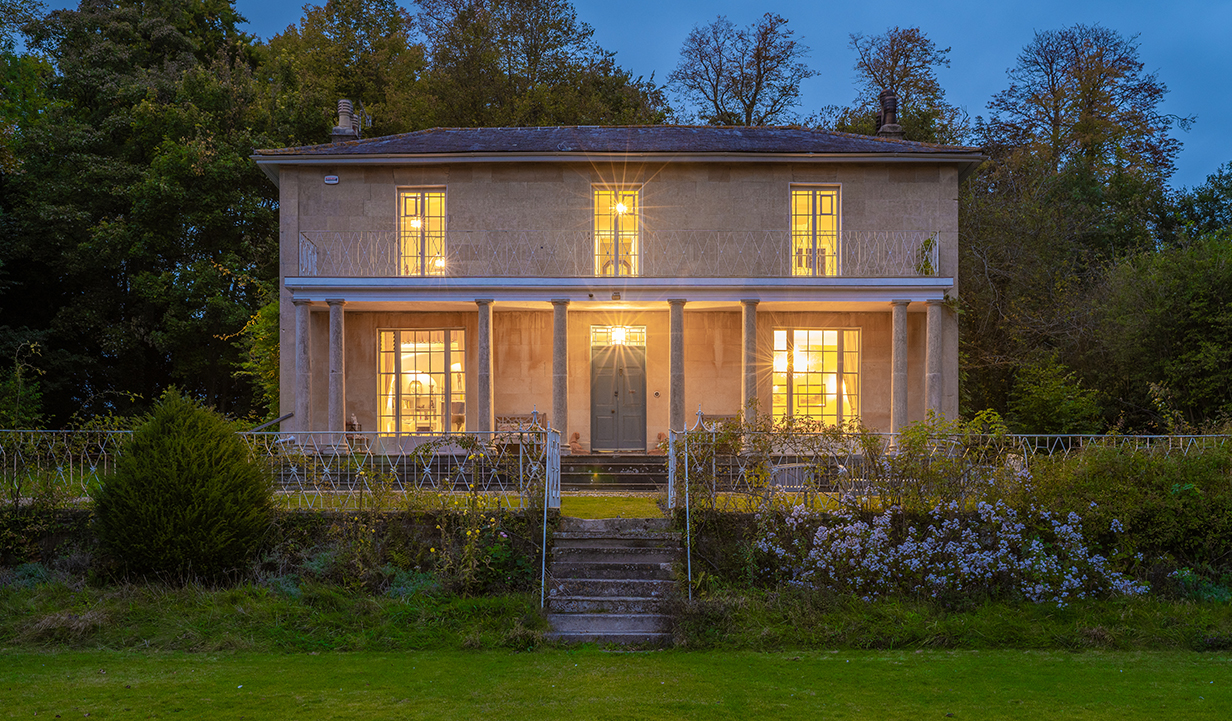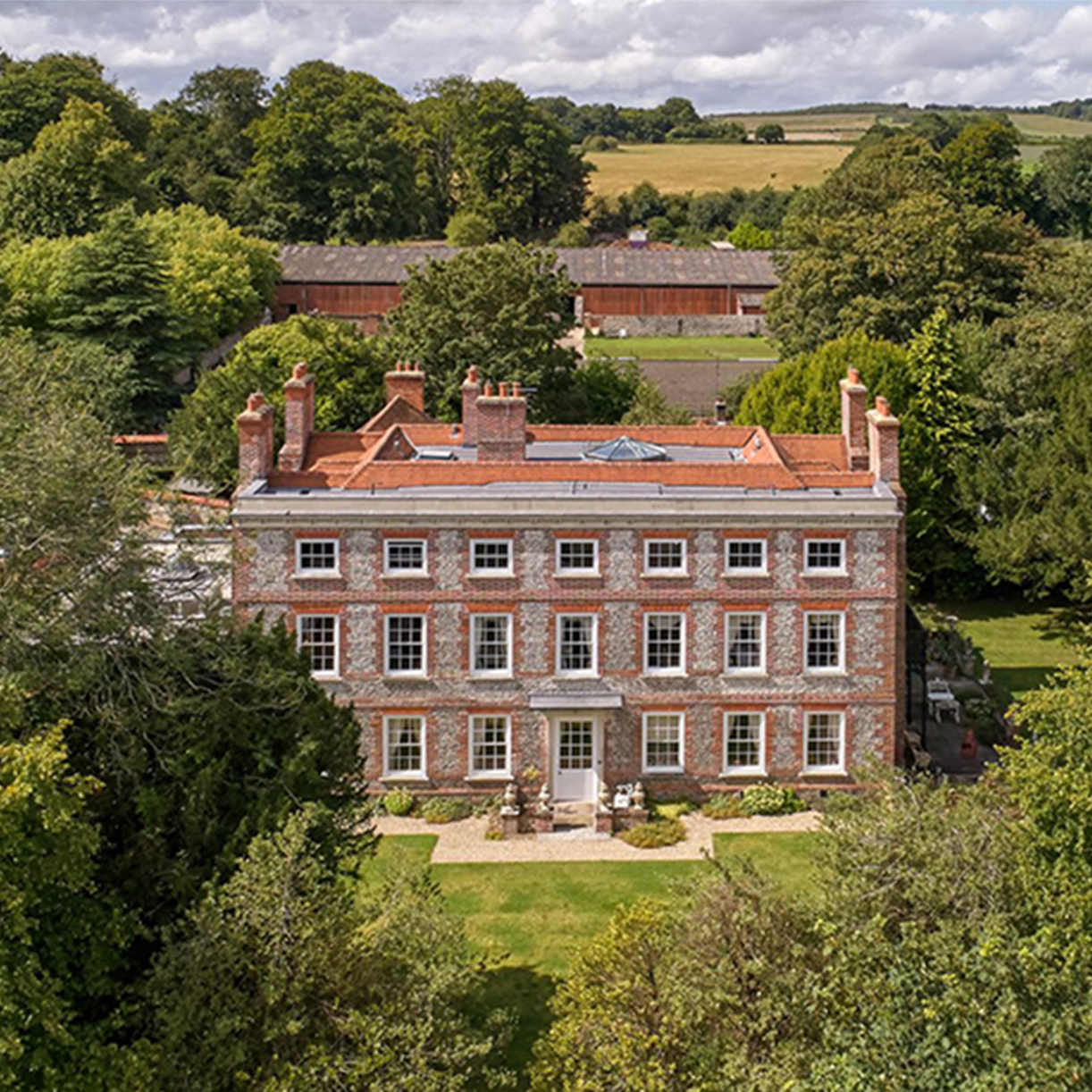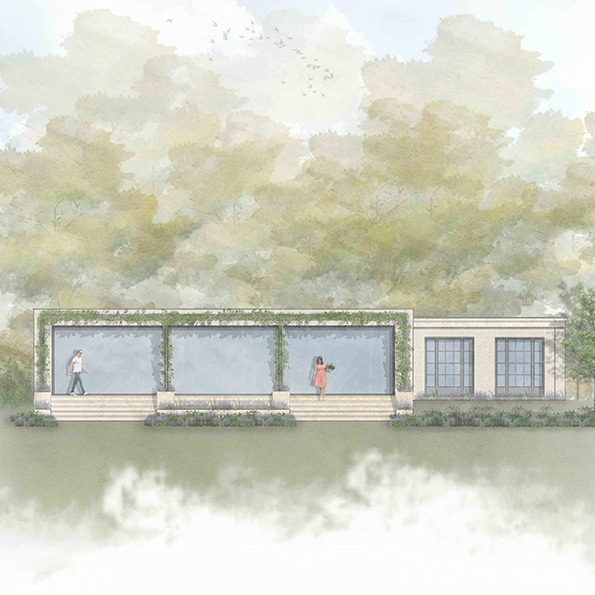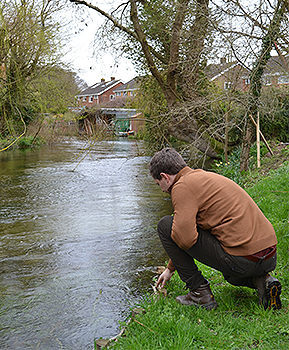Listed buildings in the UK hold immense historical and cultural value, requiring careful consideration when thinking about energy-saving measures.
At Richmond Bell Architects, we work closely with conservation and heritage consultants who can give us specialist advice to enhance energy efficiency without compromising the historical integrity of the building. Some ways you can improve your listed home are listed below, but please contact us for further advice.
Engaging with heritage agencies and conservation experts is essential. Richmond Bell emphasises collaborative efforts to ensure energy-saving interventions meet conservation standards and maintain the building's character.
Often listed buildings will have single-glazed windows which cannot be replaced as this would affect the building’s historical integrity. Richmond Bell suggest looking at secondary glazing to reduce heat loss through the windows. This involves adding an additional layer of glazing on the interior of the window, improving thermal performance and blocking any drafts, while maintaining the original window aesthetics.
In some instances, a case can be made to replace the existing single glazed windows with carefully replicated modern double glazing, designed to look like the original. This requires specialist advice, and the elevations of the building would have to remain identical. Conservation officers at local planning authorities are generally reluctant to approve the replacement of single glazed windows, however Richmond Bell Architects have started to have success with some planning authorities in this regard.
A simple and effective solution to making a building warmer, draught proofing involves sealing gaps in windows, doors, and openings to prevent cold air infiltration, significantly reducing heat loss. It is relatively non-intrusive and cost effective, but the modifications must comply with conservation standards.
This goes hand-in-hand with draught-proofing, so any alterations must follow planning and conservation regulations. Log-burners are more energy efficient than traditional open fires, reducing heat loss and emitting less pollution.
When insulation is necessary, Richmond Bell advises using breathable materials like sheep's wool, hemp, and wood fibre. These help preserve the building's historic fabric while providing effective thermal performance.

Richmond Bell Architects advocates for a balanced approach, harmonizing sustainability and historical preservation in listed buildings. By combining innovative technologies with traditional conservation methods and collaborating with heritage experts, we aim to ensure these architectural treasures endure, meeting the demands of a more sustainable future.
If you have a listed home that you are considering making changes to, please contact us for specialist advice.
All Insights

View Project
Grade II* Country House, Wiltshire

Read More
Listed Building Planning Permissions

Read More
What Consultants Might I Need on My Project?
Contact Us